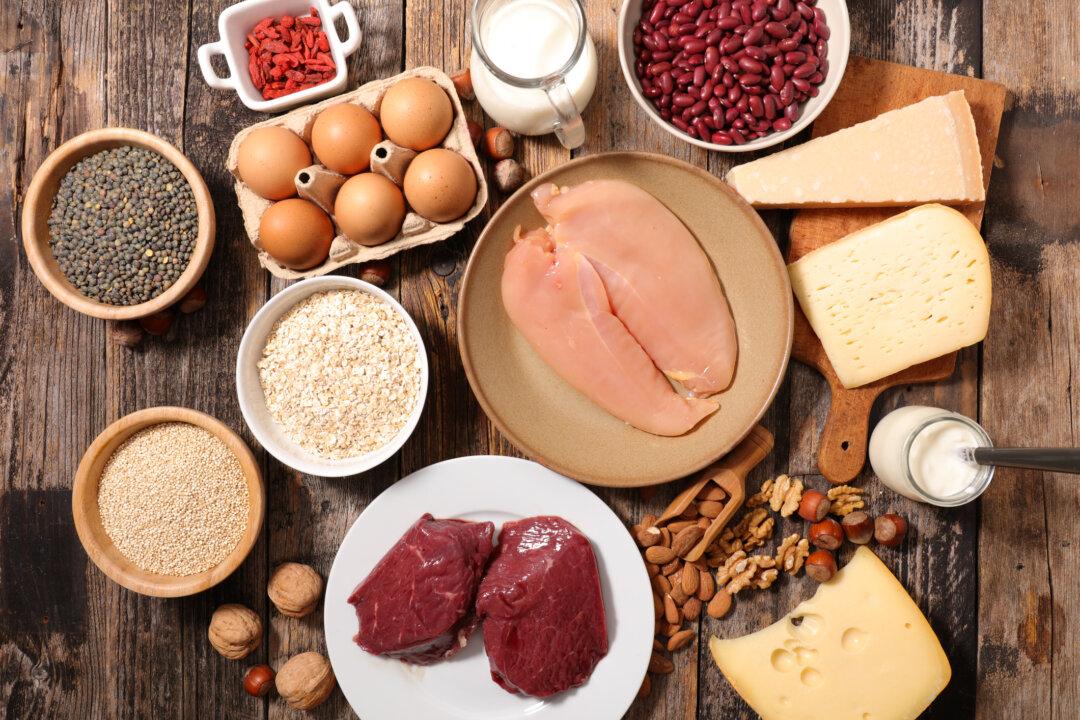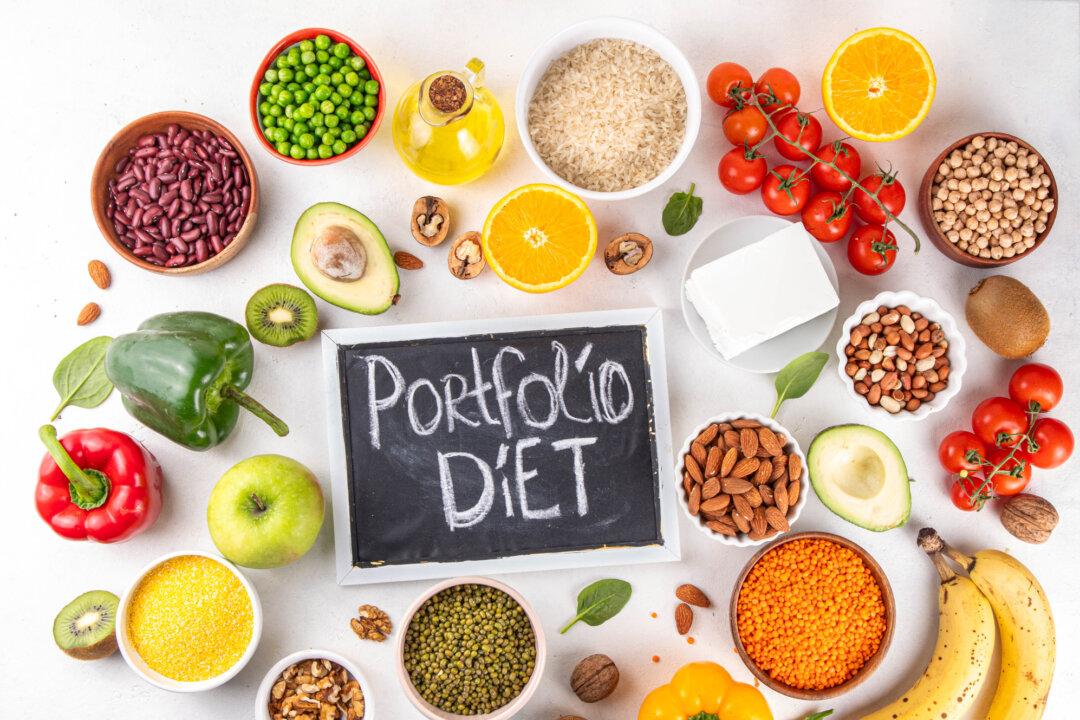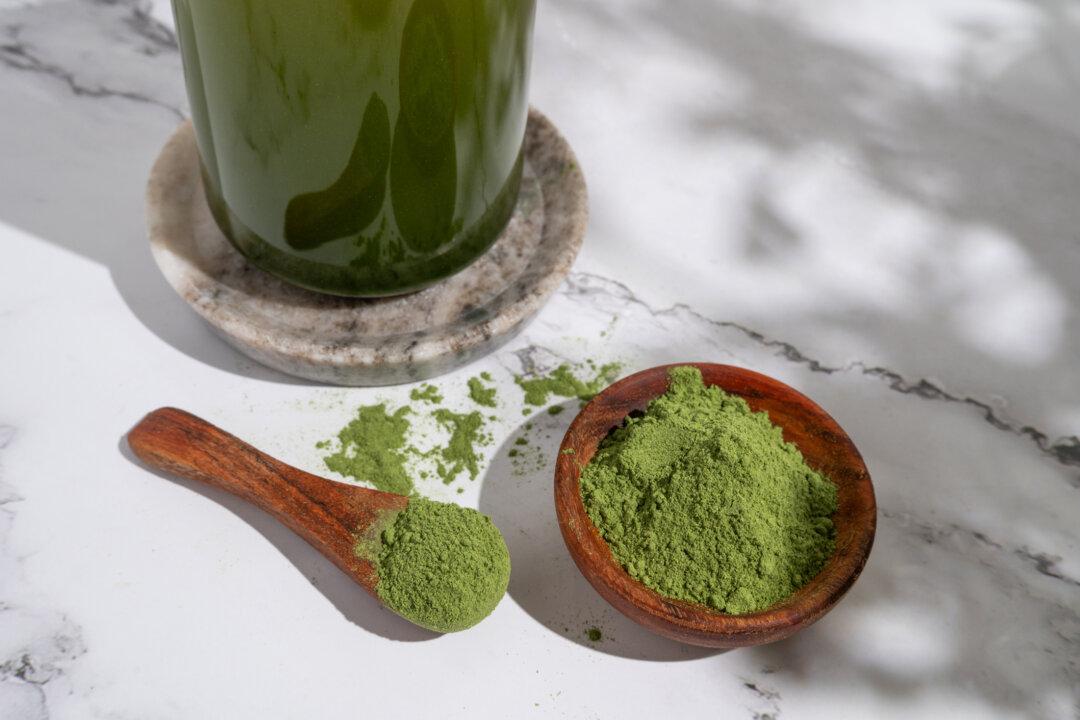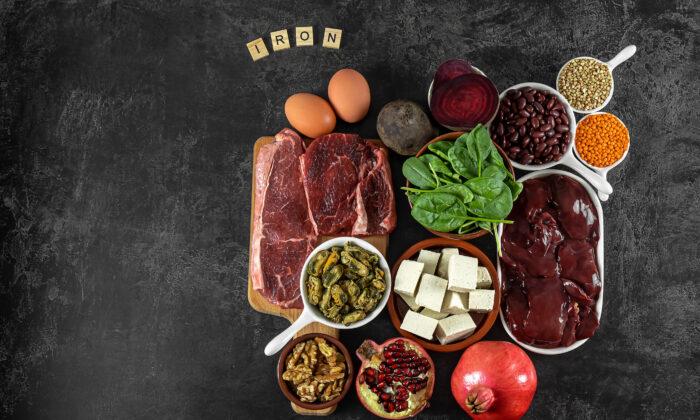Your body needs protein—that’s a fact. “Protein does a lot of great things for us. It helps build and repair muscle and other tissues, moves oxygen and nutrients around our bodies, and is involved in many important bodily functions, including digestion,” says registered dietitian Caroline Susie, a spokesperson for the Academy of Nutrition and Dietetics.
But, when you talk to different people about protein, the odds are good that you’ll hear plenty of contradictory statements. It seems many of us are confused about everything from how much protein we need to whether all sources are created equal.
Myth 1: We All Need the Same Amount
For adults, the U.S. Recommended Dietary Allowance (RDA) for protein is 0.8 grams per kilogram of body weight. “This should not be considered an optimal amount for many people,” says Susie. “The RDA is the lowest bar to prevent deficiency.”Myth 2: All Plants are Created Equal
With the rising popularity of plant-based eating, you may have heard that foods like beans and nuts are great sources of non-meat protein. Not necessarily. A cup of cooked black beans has 15 grams of protein, but 41 grams of carbs, so should be considered more carbs than protein. An ounce of almonds has 6 grams of protein, yet double the amount of fat, so should be thought of as a fat source and protein secondary.“You need to be more aware with plant-based eating that you are getting all the protein you require,” Susie says. There are plant options like tofu, tempeh, and seitan that tend to be more protein-dense.
Myth 3: Eat Only Lean Protein
You’ve probably heard that if you are eating animal-based proteins you should focus mostly on “lean proteins.” What does lean protein mean? The loose definition of a lean protein is one that has no more than three grams of fat per ounce. That would include items like chicken breast and pork tenderloin. Salmon, full-fat yogurt, and eggs, on the other hand, would not be considered lean proteins. Some of the focus on lean proteins is a holdover from the days when fat was the enemy.“You want to limit your intake of saturated fat from meats like beef, but you still can eat animal-based protein foods that are higher in fat,” says Susie. For instance, she zeroes in on salmon, a serving of which has three times as much fat as a serving of ham. But a big chunk of fat in salmon is in the form of heart-healthy omega-3s. Eggs provide not just fat and cholesterol, but also a range of essential micronutrients as well as very high-quality protein.
Myth 4: You Need Protein Powder
Today, you can find countless types of protein powders on store shelves and online. And, no doubt, they are a convenient way to add protein to your diet. While powders are a great protein source, Susie stresses they shouldn’t act as a substitute for whole food sources, both animal and plant alike. “Food is so much more than protein and can provide valuable nutrients that you don’t get in powders,” Susie says. And she believes most people can meet their protein needs without using powders. So don’t make powders your primary protein source but rather a small part of a varied protein diet.Myth 5: High Protein Diets are Best for Weight Loss
By increasing both the thermic effect of eating—the energy (calories) you need to spend to process what you eat—and satiety, protein is often heralded as the macro you need more of to shed pounds. And, yes, some research suggests that focusing on eating a bit more protein can help with weight loss efforts. But, Susie cautions that there is a limit to this effect and simply adding a lot more protein to your diet is not a weight loss guarantee.“Too much of anything is excess calories that can contribute to weight gain.” She recommends taking a more personalized approach to your nutrition and finding what works for you instead of just assuming eating large amounts of protein is what you should be doing. And, yes, it is possible to lose weight and keep it off on a diet that contains a good balance of carbohydrates, protein, and fat.







